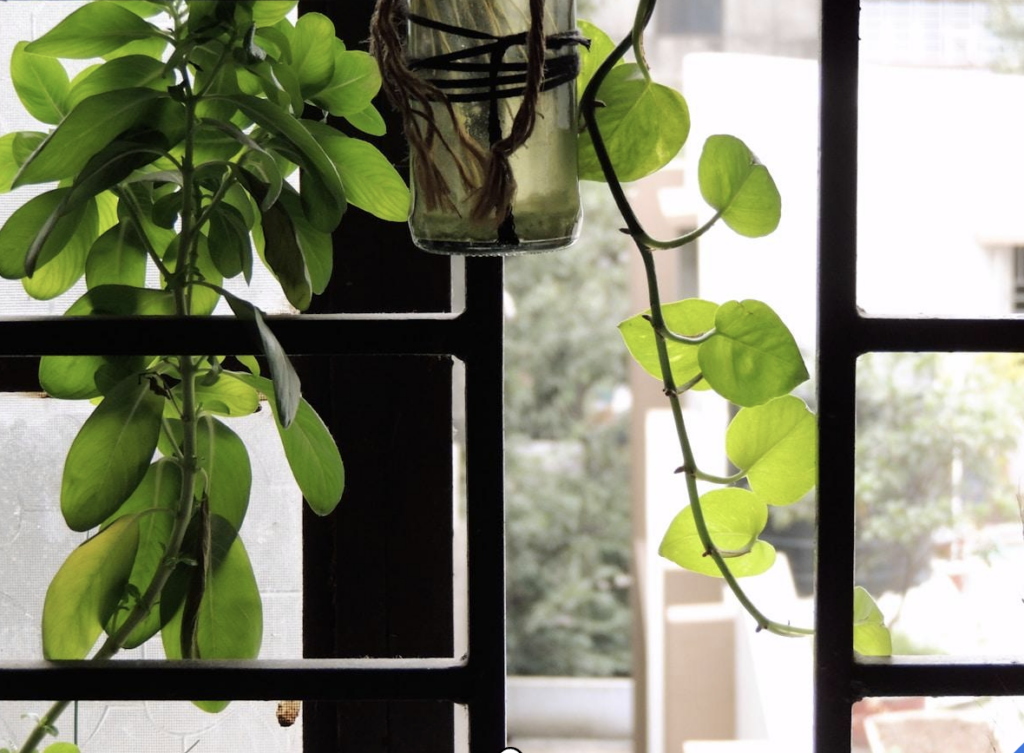
What is Biophilic Design?
Biophilic design is rooted (no pun intended) in the idea that humans have an innate connection to nature. The design focuses on bringing elements of the natural world into the built environment, whether through materials, textures, colors, or spatial design. It goes beyond aesthetics, aiming to enhance the quality of life by fostering a closer relationship with nature.
Key Elements of Biophilic Design
- Natural Materials and Textures: Wood, stone, bamboo, and other natural materials are at the core of biophilic design. These elements add warmth and texture to a space, creating a calming and organic atmosphere.
- Indoor Greenery: Houseplants, living walls, and indoor gardens are essential. Beyond their aesthetic appeal, they improve air quality, reduce stress, and create a sense of tranquility.
- Natural Light: Maximizing natural light is crucial in biophilic design. Large windows, skylights, and glass doors not only reduce the need for artificial lighting but also provide views of nature, enhancing the connection to the outdoors.
- Water Features: Integrating water elements like fountains or indoor ponds adds a soothing dimension to the home. The sound and sight of water can create a peaceful environment, promoting relaxation.
- Organic Shapes and Forms: Soft, curved lines and asymmetrical shapes mimic those found in nature, offering a contrast to the rigid, geometric lines often found in traditional architecture.
Why is Biophilic Design Trending?
- Health and Well-being: With more people working from home, the demand for living spaces that promote mental and physical health has skyrocketed. Biophilic design meets this need by creating environments that reduce stress and enhance comfort.
- Sustainability: As sustainability becomes a priority, biophilic design aligns with eco-friendly values by emphasizing natural, renewable materials and reducing energy consumption through smart design.
- Aesthetic Appeal: The organic beauty of biophilic design offers timeless appeal. It’s a versatile style that can be tailored to different tastes, from minimalist to rustic to modern.
Incorporating Biophilic Design into Your Home For homeowners looking to stay on-trend, there are various ways to embrace biophilic design. Start with small changes, like introducing more greenery or using natural materials in your furniture and décor. For those undergoing larger renovations, consider adding large windows, creating indoor-outdoor living spaces, or integrating natural light sources.
Biophilic design is not just a fleeting trend but a shift toward healthier, more sustainable living. Whether you’re buying, selling, or remodeling, incorporating elements of this trend can enhance your space, increase your property’s appeal, and contribute to a more balanced lifestyle. Give us a call if you’re looking for guidance on how to incorporate these elements into your home!
